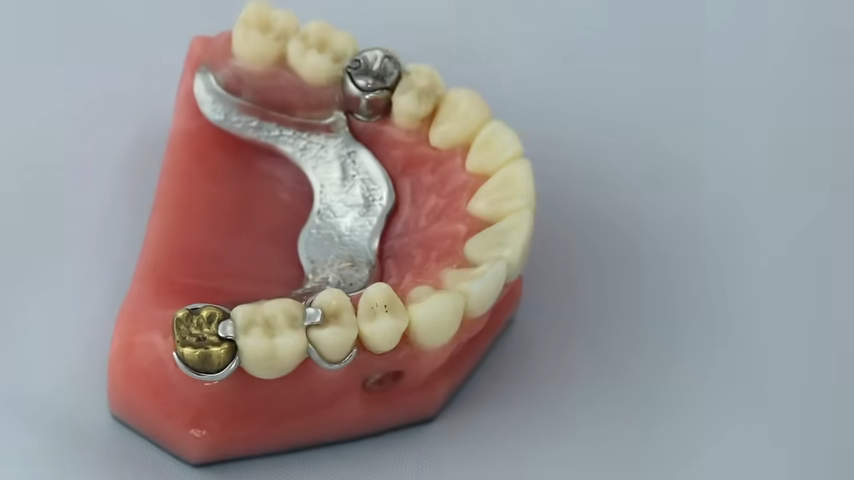The world of dental care can be confusing, especially when it comes to understanding the differences between various treatments. One common question that arises is whether dental implants are a type of orthodontics. While both treatments aim to improve your smile and dental function, they are actually very different. Understanding the distinctions between them is crucial when deciding which treatment is best for you.
Are Dental Implants a Type of Orthodontics?
In short, no—dental implants are not considered orthodontics. Although both procedures contribute to the overall health and appearance of your teeth, they serve completely different purposes. Orthodontics focuses on correcting the alignment of your teeth and jaws, while dental implants are designed to replace missing teeth.
Think of dental implants as rebuilding a bridge that’s been washed away, while orthodontics is like changing the bridge’s structure to make it easier to cross.
Dental Implants vs. Orthodontics: Understanding the Difference
Dental implants are a part of restorative dentistry, designed to replace teeth lost due to decay, injury, or other dental issues. The procedure involves inserting a titanium post into the jawbone, which serves as a strong foundation for crowns, bridges, or dentures. Implants are particularly effective at restoring both the function of your teeth and the appearance of your smile.
On the other hand, orthodontics involves using braces, clear aligners, or other devices to move teeth and jaws into better positions. The primary goal of orthodontics is to improve bite function and enhance the aesthetic alignment of your teeth.
In some cases, orthodontics and dental implants may work together. For patients with severely crooked teeth, orthodontic treatment may be necessary before getting implants. This allows for proper tooth alignment and creates enough space for implants to fit seamlessly.
Dental Implants vs. Orthodontics: A Comparison Breakdown
| Aspect | Dental Implants | Orthodontics |
|---|---|---|
| Purpose | Replace missing teeth and restore functionality | Align misaligned teeth and jaws |
| Procedure | Surgical implantation of titanium posts | Non-surgical use of braces, aligners, or other devices |
| Focus | Tooth restoration and replacement | Teeth and jaw alignment |
| Post-Care | Ongoing care for implants and surrounding teeth | Continuous adjustments during treatment |
| Outcome | Permanent tooth replacement | Realigned teeth and improved bite |
When Is It a Good Idea to Get Orthodontics and Implants at the Same Time?

In certain cases, orthodontics and dental implants can work together to provide comprehensive care. For example, if a person has crooked teeth, orthodontic treatment may be required to create space for the implant. By realigning the teeth and ensuring the jaw is properly structured, orthodontics prepares the ideal environment for successful implant placement.
After the implant has been placed, post-implant orthodontics may be needed to refine the smile. Orthodontics can adjust the surrounding teeth so they properly align with the new implant. This process ensures that both the function and appearance of your smile are restored.
Who Should Perform These Procedures?
Both oral surgeons and implant specialists are trained to perform dental implant procedures. These professionals have extensive experience in inserting titanium posts into the jawbone, ensuring that the implants are securely attached.
On the other hand, orthodontists specialize in correcting teeth and bite alignment through braces or aligners. It’s essential to work with the appropriate specialists to ensure you get the best treatment for your needs.
If you need one or both of these procedures, it’s important to consult with the right professionals. A qualified dentist will evaluate your specific situation and guide you through the best treatment options.
Final Thoughts: How Dental Implants and Orthodontics Can Work Together
While dental implants and orthodontics serve different purposes, they can often complement each other. Dental implants restore lost teeth by replacing them with durable, functional ones, while orthodontics works to straighten teeth and improve bite function.
In some cases, these treatments can work together to give you the best results. Whether you’re considering dental implants, braces, or both, working with experienced dental professionals ensures that your treatment plan is tailored to meet your needs.
For more information about how dental implants and braces work together, visit Royal Dental Clinics.
Disclaimer: This article is for informational purposes only and should not be considered as medical advice. Always consult with a qualified healthcare provider or dental professional to determine the best treatment options for your specific dental needs.
